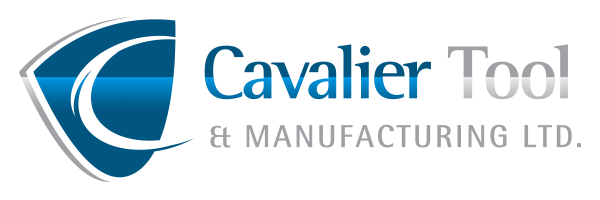EXHIBITOR INTERVIEW: Cavalier Tool and Manufacturing

In our last exhibitor interview of the year, we spoke to Tim Galbraith, General Manager from Cavalier Tool and Manufacturing.
Cavalier Tool and Manufacturing is a problem solver. If you mold plastic parts in presses that range from 500 ton to 4500 tons and are looking for a partner to help manufacture your product for the lowest cost per part you should be talking to one of their regional representatives.
They are big enough to handle multi tool projects yet continue to work with customers who only need one or two tools. They will ship you a mold that is ready for production with process setup sheets and start-up assistance from their team.
Injection, compression, structural foam, gas assist, water assist, 2K, stack, IMD are all technologies their talented design team are comfortable with.
What do you think sets your company apart from your competitors?
Quality is a given. That’s the price of admission to this industry. Speed is the next thing, and it is something Cavalier does well.
With three manufacturing facilities in Windsor, and three support offices in India, Cavalier has the horsepower to not only offer the value-added services like mold filling simulation, feasibilities, DFM and even part design.
Are there any new technology developments that your company is working on at the moment?
Our automated component cell. We have recently completed the first phase of the third stage in our automation process we began in 2014. This is a stand-alone cell consisting of three identical 5-axis high speed machining centers serviced by a multi axis Kuka robot enclosed in a 200-pallet library. It was designed to supply all small components required in our tool builds. It has allowed us to repatriate work previously sourced LCC.
What are the biggest challenges facing the injection molding industry today and how can this be overcome?
It is an old saw but people are and will be the biggest challenge to the industry. Yes, the skilled trades gap that has been well documented is a challenge, but so is staffing for new technology.
Process engineers, robotic technicians, software engineers will be in high demand in the manufacturing industry of the future.
Integrating ERP systems into the Bom and scheduling necessities of a modern manufacturing facility is as important as toolmakers and CNC machinists.
How do you see the sector developing in the next five to ten years?
Downloading of responsibility from OEMs and Tier 1 companies will necessitate manufacturing facilities be staffed with knowledgeable support. This will favour larger enterprises with larger books of business to spread these costs over. M&A activity will increase. Consolidation will happen. We are already seeing a two-tiered system where large tool shops take big packages and use smaller shops as supply chain partners.
Artificial intelligence and additive manufacturing will the next disrupters. AM is only cost effective in small components and some special circumstances (conformal cooling for example). As the technology matures we will no longer have to start with a large block of steel but a ‘printed’ near-net form that requires minimal if any machining.
We don’t yet know how big AI will be but imagine machines that can optimize their process without human intervention. Routine mold design problems solve themselves using software with built in AI capabilities.
You are exhibiting at the Injection Molding and Design Expo, what are you most looking forward to?
Connecting with industry peers, networking, exploring new technologies, and yes even creating new opportunities to add to the long list of loyal and satisfied customers of Cavalier. Trade shows are consistently one of the best vehicles for us to meet potential customers.
